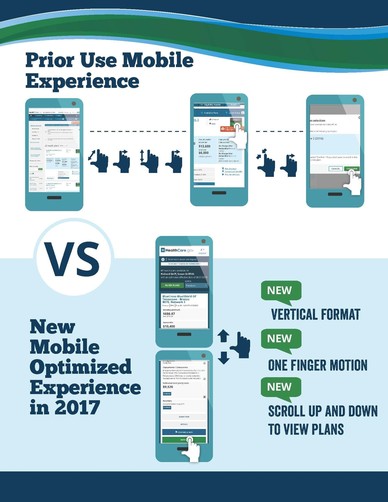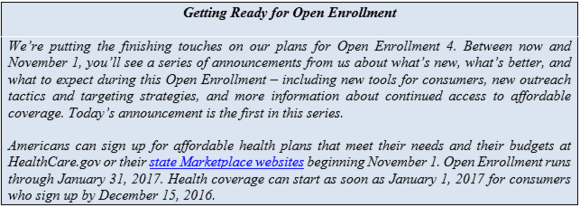September 28, 2016
By: Andy Slavitt, Acting
Administrator and Kate Goodrich, M.D., M.H.S., Director, Center for Clinical
Standards & Quality, CMS
Commitment to Person-Centered Care
for Long-Term Care Facility Residents
It’s an experience millions of Americans go through each year,
the difficult decisions we face when considering a long-term care facility for
a loved one. We want to know that our family member will be safe, properly
cared for, and receive the highest quality of care.
We are committed to doing everything we can to increase the
knowledge and power that can help families undergo these transitions,
particularly with regard to the rights of residents to high quality safety and
care. Last year, CMS began offering consumers and families the ability to
easily compare facilities based on successful discharges, unplanned emergency
visits, and re-hospitalizations through a five-star website. However, the rules
of the road for long-term care facilities haven’t had a comprehensive update
since 1991. Today, we are pleased to announce that we have finalized new rules
to protect and empower residents of long-term care facilities.
Today’s rules are a major step forward to improve the care and
safety of the nearly 1.5 million residents in the more than 15,000 long-term
care facilities that participate in the Medicare and Medicaid programs. These
new rules set high standards for quality and safety, while providing facilities
with important flexibilities that will assist with the preservation of quality
of life and quality of care, and are grounded in the concepts of
person-centered care. These changes are an integral part of CMS’s commitment to
transform our health system to deliver better quality care and spend our health
care dollars in a smarter way, setting high standards for quality and safety in
long-term care facilities.
Since proposing to update these rules in July 2015, as part of
the White House Conference on Aging, we have received and reviewed nearly
10,000 comments from the public. Many of the comments highlighted an important
topic: concern about the use of required binding arbitration agreements that
many prospective residents must sign before they are admitted to a long-term
care facility. We took all of the comments into careful consideration as we
developed the final rule we released today.
Protecting Residents Rights
The rule makes important changes to strengthen the rights of
residents and families in the event that a dispute arises with a facility.
Historically, many facilities require residents to agree to binding arbitration
clauses when they are admitted to these facilities. These clauses require the
resident to settle any dispute that may arise using arbitration rather than the
court system. Effective (DATE), our final rule will prohibit the use of
pre-dispute binding arbitration agreements. This means that facilities may not
require residents to sign pre-dispute arbitration agreements as a condition of
admission to that long-term care facility.
Facilities and residents will still be able to use arbitration
on a voluntary basis at the time a dispute arises. Even then, these agreements
will need to be clearly explained to residents, including the understanding
that these arbitration agreements are voluntary, and that these agreements
should not prevent or discourage residents and families from talking to
authorities about quality of care concerns.
This is part of our ongoing commitment at CMS to making sure
that health care becomes more person-centered for Medicare and Medicaid
beneficiaries and their family members. These changes further that goal by
protecting the health and safety of residents, particularly during vulnerable
and critical times like when moving into a long-term care facility. Together,
the new requirements in today’s final rule set high standards for quality and
safety in long-term care facilities and will provide residents – and their
families – with greater protections.
For more information
on today’s announcement, please visit the CMS website at: https://www.cms.gov/Newsroom/MediaReleaseDatabase/Press-releases/2016-Press-releases-items/2016-09-29.html




